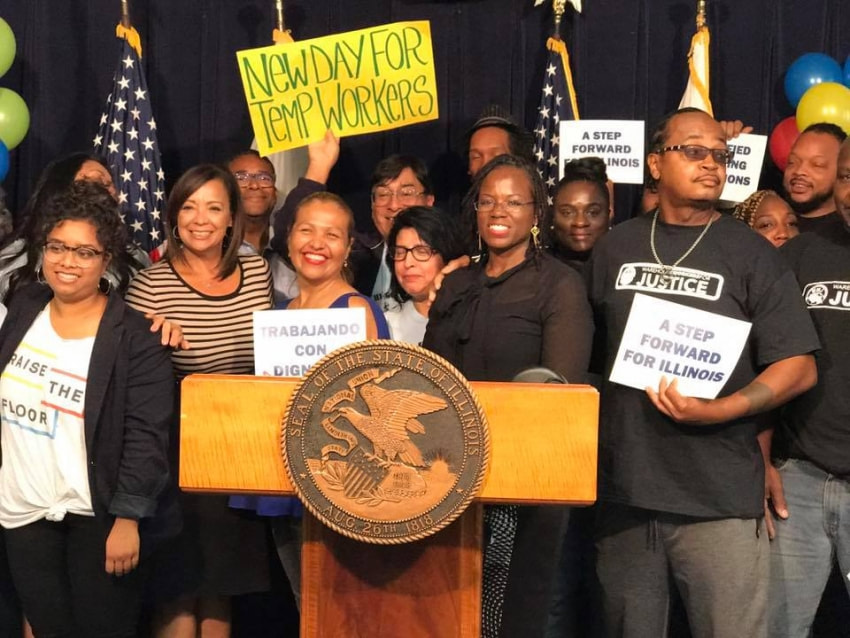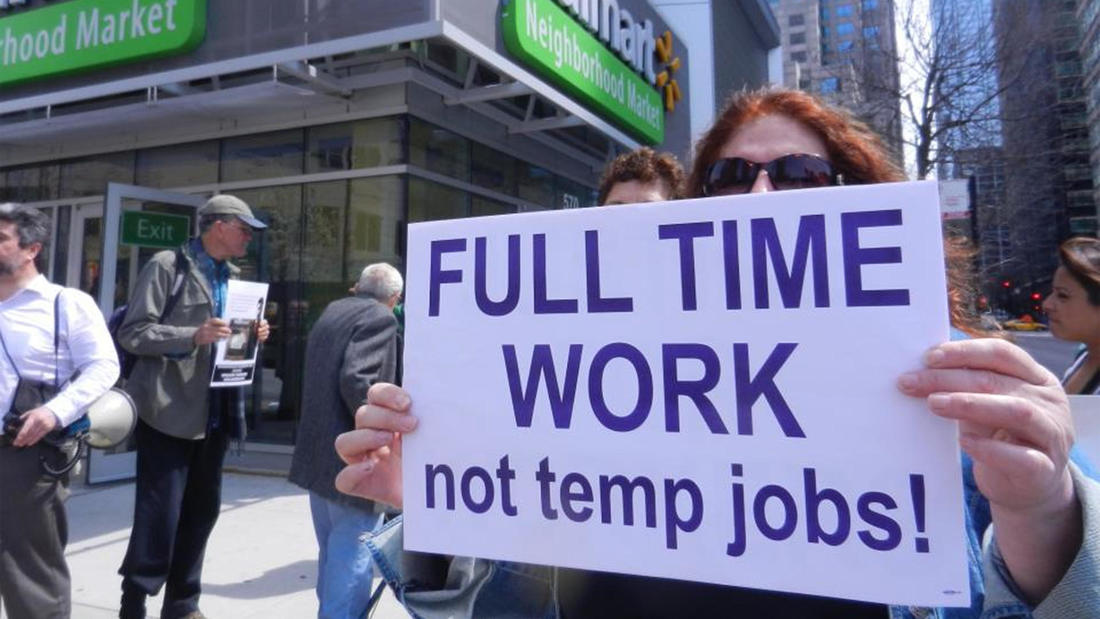|
By Karen Lewis, Greg Kelley and Mark Meinster
While Mayor Rahm Emanuel and Gov. Bruce Rauner compete to see who can give Amazon a bigger tax break to bring its headquarters to Illinois, they’ve both ignored a critical detail: These types of deals don’t work. In 2011, Sears was promised $150 million over 10 years in state subsidies to keep jobs at its Hoffman Estates headquarters, but the company has eliminated hundreds of the jobs it agreed to retain and is now openly talking about going out of business. Also in 2011, Illinois taxpayers gave Motorola Mobility $118 million to keep 3,000 jobs in Illinois. After repeated cuts, only a fraction remain. Two years after Illinois gave Mitsubishi $3.66 million in state Economic Development for a Growing Economy tax credits, the company closed its Normal plant and laid off 1,200 workers. These giveaways shortchange taxpayers and go to companies that don’t often need them. For example, Amazon recently started delivering its own packages to shorten delivery times and lower shipping costs. The Chicago metropolitan area is one of the nation’s premier transportation hubs, so Amazon would have inevitably built multiple facilities here, yet Illinois still gave Amazon $112 million to build its local warehouse network. To add insult to injury, Amazon’s local warehouse jobs pay poverty wages. Amazon’s McKinley Park workers are limited to four-hour shifts, which keeps salaries low, while schedules make it difficult for employees to find a second job to supplement income. Delivery drivers compete for two-hour shifts using Amazon’s proprietary Flex mobile platform and deliver packages in their personal vehicles. Drivers earn far less than the UPS or FedEx drivers they’ve replaced after paying for expenses such as gas, insurance and maintenance. If Amazon is going to be invited to Chicago, we need quality, full-time jobs that support working families. Amazon’s business plan will instead likely displace thousands of Chicagoans who currently earn a living wage, intensify the exploitation of low-wage workers and hurt thousands of struggling families just as it did in Seattle. Amazon’s Seattle campus and its massive workforce have displaced thousands of area residents, as home prices have risen faster than in any other U.S. city. Seattle’s median home price is now $729,000, more than double that of Chicago. An Amazon HQ2 in Chicago would supercharge gentrification in our neighborhoods, just as in Seattle. Real estate experts predict that pressure on low-income residents in Chicago’s gentrification hot spots will intensify, and even residents in previously nongentrified neighborhoods would face displacement. An Amazon deal would likely exacerbate those gentrification trends and represent a massive transfer of resources to a wealthy corporation — resources that should instead be invested into communities besieged by unemployment, school closings and the violence produced by disinvestment and despair. Meanwhile, Mayor Emanuel sits on hundreds of millions of dollars in Chicago Housing Authority funds that could reverse the greatest forced exodus of African-American families in Chicago’s history. As with previous efforts to entice high-profile companies to the region, some are demanding that Chicago pay whatever it costs to land Amazon’s new headquarters. But how much will it really cost? Wisconsin’s recent $3 billion giveaway to Foxconn has set a new — and spectacularly high — benchmark. This scale of expenditure in Chicago would further undermine state and local funding for our schools, neighborhoods, health care system and most-vulnerable residents. Amazon CEO Jeff Bezos has an opportunity to create a new paradigm for corporate citizenship. As a condition of any proposed subsidies, Amazon should agree to enter into a binding community benefits agreement designed to offset the company’s impact on schools, housing, job quality and state and local budgets. A CBA would include specific targets for investment in minority and low-income public schools, create affordable housing units to offset those that will otherwise be lost, support affordable health care for workers and their families, and ensure that all Amazon workers earn at least $15 an hour and have the right to form a union. Our elected officials have historically opened their checkbooks in return for flowery promises and fancy photo opportunities, but little else. The rest of us should oppose any deal until we get Mr. Bezos’ signature on a binding CBA — one that has the full support of Mayor Emanuel and is built on genuine commitments to ensure that this city works for all of our residents. Karen Lewis is president of the Chicago Teachers Union; Greg Kelley is president of SEIU Healthcare Illinois and Indiana; Mark Meinster is executive director of Warehouse Workers for Justice.  By Jeff Schrurke In These Times Beginning next summer, a sweeping new law will take effect in Illinois, ending many of the routine injustices suffered by the state’s nearly 850,000 temp employees who often work under miserable conditions. The Responsible Job Creation Act, or HB690, represents the most ambitious attempt to date by any state to regulate the growing temporary staffing industry. Introduced in January, the bill gained bipartisan support in the Illinois General Assembly and was signed into law by Republican Gov. Bruce Rauner in late September. The law will take effect June 1, 2018. The legislation, which addresses job insecurity, hiring discrimination and workplace safety, was championed by the Chicago Workers’ Collaborative (CWC) and Warehouse Workers for Justice (WWJ), as well as the Illinois AFL-CIO and Raise the Floor Alliance, a coalition of eight Chicago worker centers. The law will require staffing agencies to make an effort to place temp workers into permanent positions as they become available—a step forward in the fight to end “perma-temping.” To address racial bias in hiring, the new law requires temporary staffing agencies record and report the race and gender of all job applicants to the Illinois Department of Labor. And in an effort to reduce the workplace injuries that temps frequently suffer, agencies will also now have to notify workers about the kinds of equipment, training and protective clothing required to perform a job. Read More Here
|
Archives
December 2023
WWJ News from 2016 and before can be read here: |

